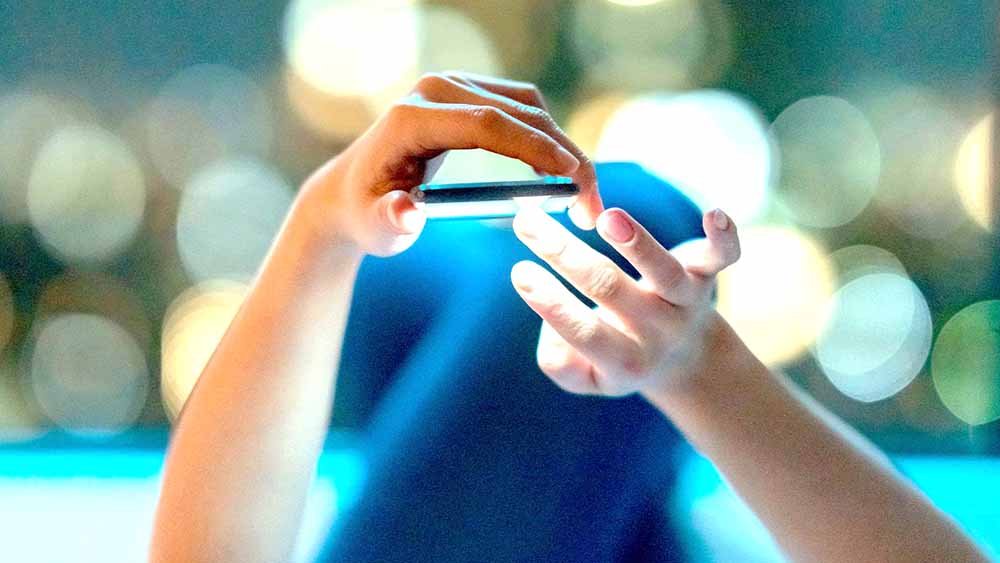Some 170 million people got access to Instagram’s new location-sharing feature, so why is the Map so empty? In the app’s loneliest corners, Meta and its users may be fighting a quiet battle.
On Saturday, I pulled up my phone settings and did something I haven’t considered in almost a decade, a move so brazen I’ve spent my whole career telling people to avoid it. I gave Instagram access to my location.
Millions of Americans were greeted by a pop-up last week inviting them to try the new “Instagram Map”. The feature lets users share their exact, real-time location with each other. If you want, you can blast your whereabouts to every single one of your mutual followers. For many, however, the app’s history makes it an unsettling place for this kind of intimacy.
Instagram bills the Map as “a new, light way to connect”. But a trip through the feature suggests a different reality, one defined more by emptiness than connection, with users unwittingly broadcasting their location and urgent warnings from the few people watching. It lays bare what may be an emerging conflict between the platform and its users that strikes at Instagram’s very core: what is this app even for?
On one hand, it’s nothing new. Apple and Android phones have let you exchange locations with your contacts for years, and Snapchat has the nearly identical Snap Map that works the same way. In modern relationships, location sharing is as popular as it is problematic. The New York Times described the trend with the catchy headline “I Love You, Let’s Stalk Each Other” back in 2023.
But Meta, the company that owns Facebook, Instagram and WhatsApp, has a rocky history when it comes to privacy. Chief executive Mark Zuckerberg has personally apologised numerous times over the years for how his company has mishandled users’ data, problems that have cost Meta billions in fines and lawsuits. The company promises it cares about user privacy and has vowed to earn back trust.
Still, I wondered, who’s volunteering for Meta’s new social surveillance experiment? What does it feel like to expose your location to every single one of your friends on Instagram? I wanted to know, so I tweaked my privacy controls and ventured into the wilds of the Map.
My first problem was Instagram doesn’t make the Map easy to find. Several people I asked said they wanted to try it but had no idea where to look. Eventually, I found it tucked away under a globe icon in the messages tab. Instagram walked me through my options. Did I want to share location with all of my connections, the users on my “Close Friends” list or a handpicked group? It even launched a second pop-up to ask if I was sure.
As GPS satellites triangulated my coordinates, Apple routed the data through my phone and out to Instagram’s servers. A little dot with my face on it hovered precisely over my New York apartment. I felt, for a second, a strange pang of vulnerability.
It was even stranger to realise that I was almost completely alone. I expected to find at least a few other brave souls on the Map, but for all my hundreds of Instagram connections, exactly one other person was using the feature, across the continent in Los Angeles.
It was a guy named Highland Hall, an old colleague from the record store I worked at before college. Hall and I weren’t close at the time, and a third of my life has passed since the last time we spoke. I sent him a DM. The Map was helping us connect, exactly what Instagram says it’s intended to do. “I feel like you used to be able to see posts by location, like, years ago, it was a fun feature,” Hall said. “I pretty much wanted to see what the feature was, and was pretty much disappointed. Lol.”
I said I was surprised to see there was no one else using the Map. Are my friends and I just too old, aging out of the target demographic? Or perhaps I’m unpopular, and everyone is joyfully sharing locations without me. You never know. Whatever the truth, I told Hall the whole thing seemed a bit lonely. “Like all social media,” he said.
Hall said the privacy issues didn’t bother him. “I feel like they have that data already. I tend to post a week or so later, so it’s never where I actually am at the moment.”
But he was mistaken. I explained that he was in fact sharing exactly where he was at the moment. “I didn’t zoom in because I assume this is your house,” I said.
The revelation sparked a long pause before Hall wrote back. “I just turned it off,” he said.
Hall isn’t the only one confused by the new function. Adam Mosseri, head of Instagram, spent the weekend playing damage control with outraged users on Threads, the company’s answer to X, the app formally known as Twitter. Whether or not you choose to share your live location, all your public photos, videos and Stories show up on the Map if you’ve tagged locations in those individual posts. Apparently, a lot of people saw this and thought Instagram was collecting new data without their permission. (BBC)
Sunday, August 17, 2025

